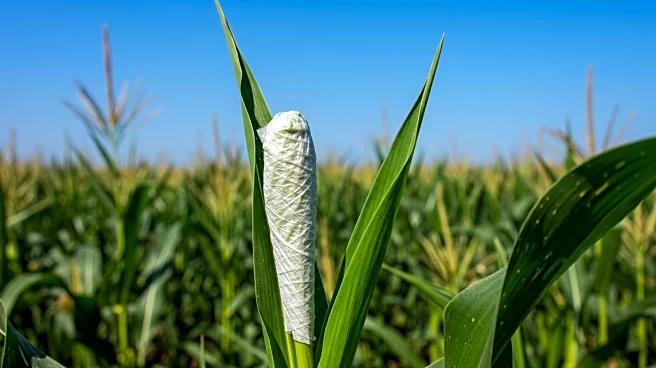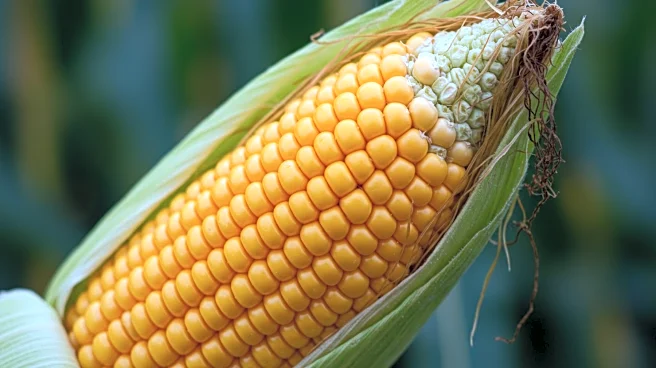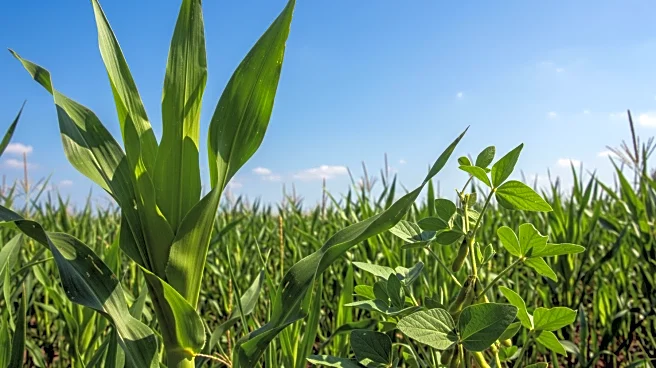Rapid Read • 7 min read
Corn growers in the Midwest are facing a phenomenon known as tassel wrap, which could potentially limit yields. Tassel wrap occurs when the upper leaves of corn plants remain tightly bound around the tassel during the critical pollination period. This can delay pollen release, affecting the fertilization of early silks and leading to poor kernel set, particularly at the base of the ear. Reports of tassel wrap have emerged from states like Illinois, Indiana, Iowa, and Kansas, often linked to abrupt weather changes. Environmental factors such as high overnight temperatures and rapid growth responses due to weather swings are believed to contribute to this issue. Agronomists are advising farmers to scout their fields to assess the impact on pollination and yield.
AD
The occurrence of tassel wrap poses a significant threat to corn yields, which are crucial for the agricultural economy in the Midwest. Poor pollination can lead to incomplete kernel development, affecting the overall productivity of corn crops. This could have economic implications for farmers who rely on high yields for their livelihood. Additionally, understanding the environmental and genetic factors contributing to tassel wrap can help farmers make informed decisions about crop management and hybrid selection in future seasons. The issue highlights the importance of monitoring weather patterns and implementing stress-reducing practices to mitigate risks.
Farmers are encouraged to scout their fields during the R3 stage to evaluate pollination success and potential yield loss. Agronomists suggest examining multiple field locations to gauge the severity of tassel wrap. While larger kernels may partially compensate for missing ones, the true impact on yield will become clearer at harvest. Farmers should document occurrences of tassel wrap and consider alternative hybrids for future planting. Prevention options are limited, but understanding hybrid susceptibility and maintaining stress-reducing practices may help reduce risks.
AD
More Stories You Might Enjoy












